said they would likely stop wearing lenses in the next 6 months
How can eye care professionals help
 among new contact lens wearers?
among new contact lens wearers?
There’s no doubt that contact lenses provide a wide array of benefits, but despite those benefits, many new wearers drop out of lenses shortly after starting.
As part of the CooperVision Consumer Insight Series, we conducted a survey* with new contact lens wearers to identify why people begin wearing contact lenses—and why some continue to wear them, while others drop out.
The biggest benefits of contact lenses, according to new wearers:
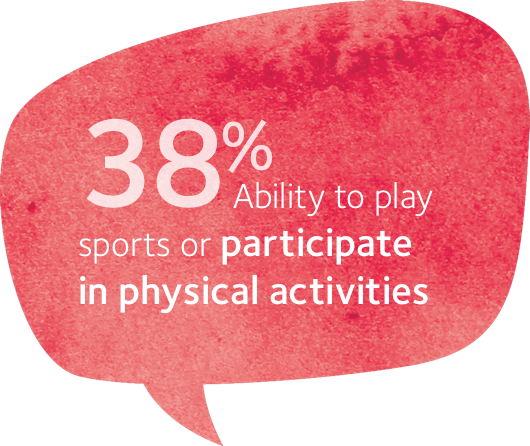
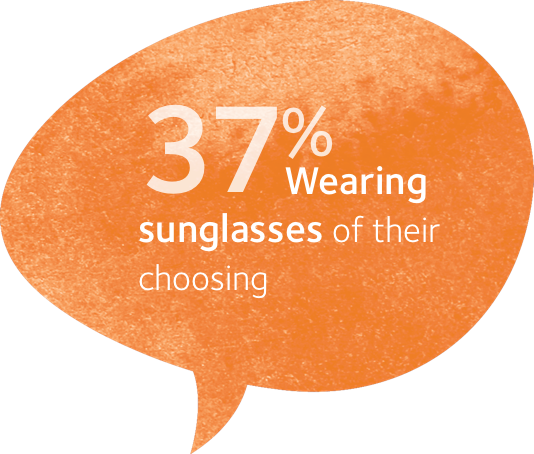

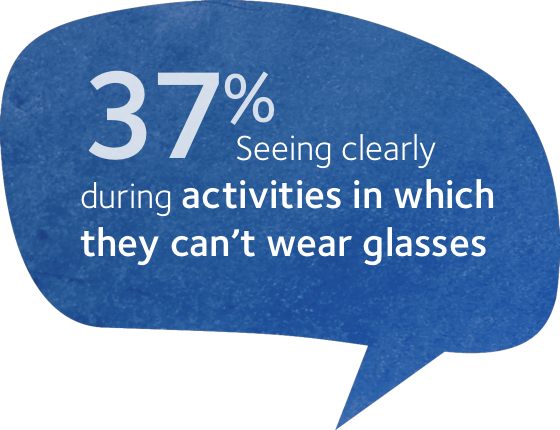
Despite the benefits, some wearers drop out.
3 and 6 months after starting:


1 in 4 new wearers identified handling and comfort as top obstacles
0%
Difficulty handling the lens
0%
Uncomfortable putting the lenses on and/or taking them out
0%
Discomfort while wearing
However, 75% reported no problems with these factors.
When wearers stay in lenses beyond 6 months, the dropout rate falls by
9 months after starting:

said they would likely stop wearing lenses in the next 6 months
12 months after starting:

said they would likely stop wearing lenses in the next 6 months
Committed new wearers—those who don’t plan to drop out in the next 6 months—appreciate the benefits even MORE

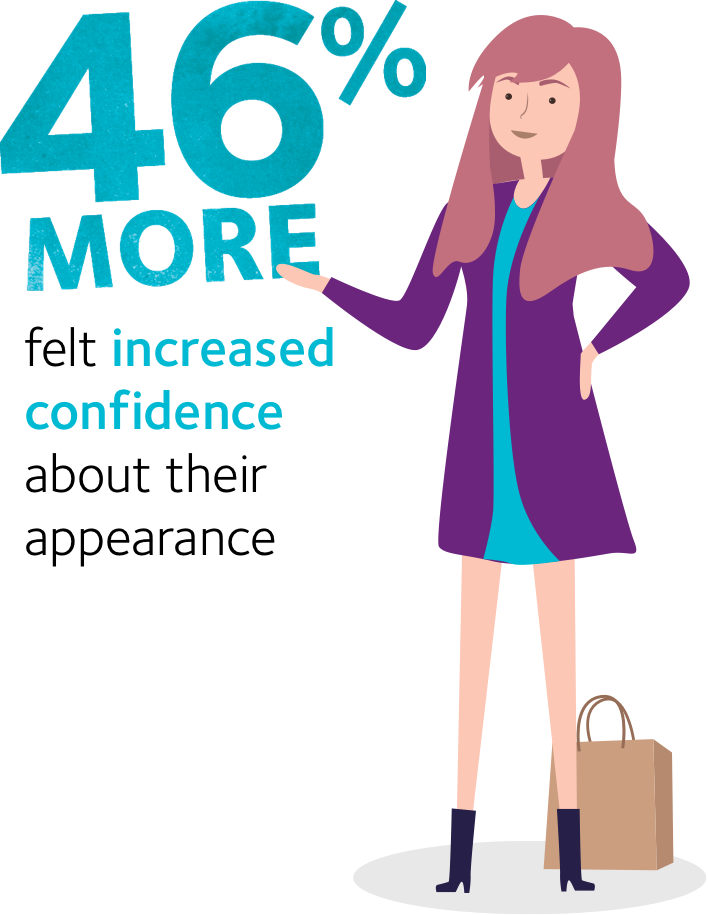
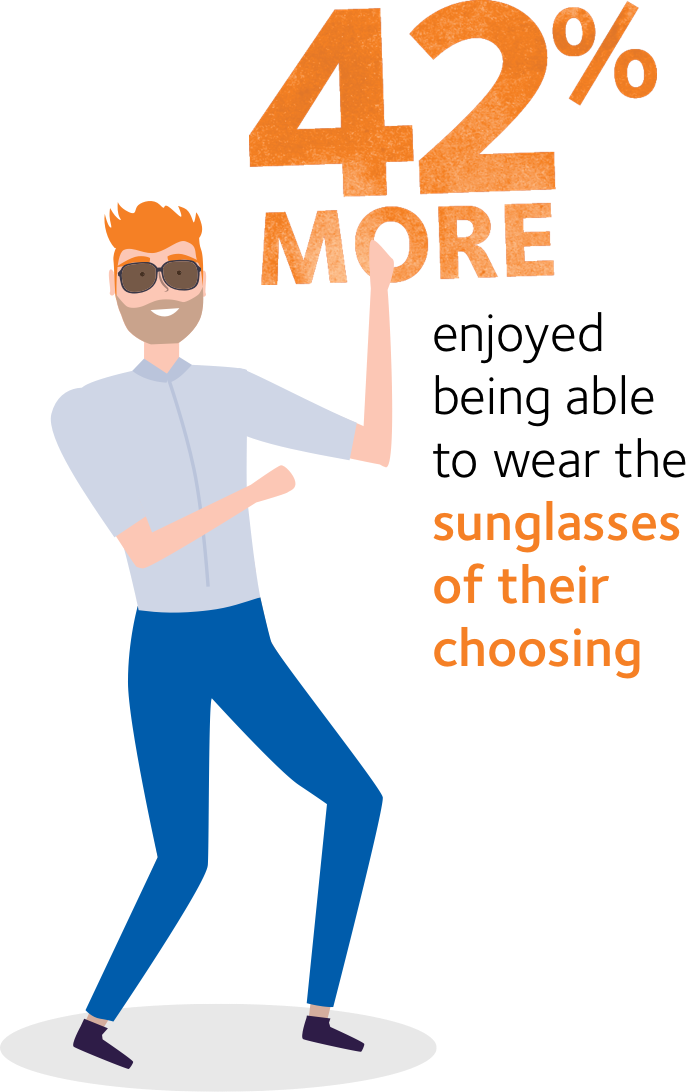

The key is helping wearers surpass the 6-month milestone

time in lenses
(6-12 months)

likely to
drop out

benefits realized
So, what makes a desirable contact lens—one that wearers want to stay with?

0%
Are healthier for the eye (allow for more oxygen to get to the cornea)
0%
Improve hydration (to relieve dryness)

0%
Multifocal
technology
0%
UV-blocking
0%
Help with eye tiredness caused by digital device use
What to do in practice
Ask your patients about their lifestyle. By better understanding their needs, you can recommend vision-correction solutions that help fit their lifestyle.

To help ensure success, follow up with your patients and ask whether they are encountering any challenges with their new lenses, such as applying or removing.

Encourage your patients to stay with their new lenses for at least 9 to 12 months.
These insights can help you make personalized contact lens recommendations—for the comfortable, effective, long-term lens wearing experience your patients deserve.
*We surveyed >1,000 adults in the United States and Germany who had been wearing contact lenses for between 2 and 12 months.
All figures, unless otherwise stated, are from YouGov Plc. Total sample size was 1,013 adults (511 in United States, 502 in Germany). Fieldwork was undertaken between October 24 and November 9, 2018. The survey was conducted online.





